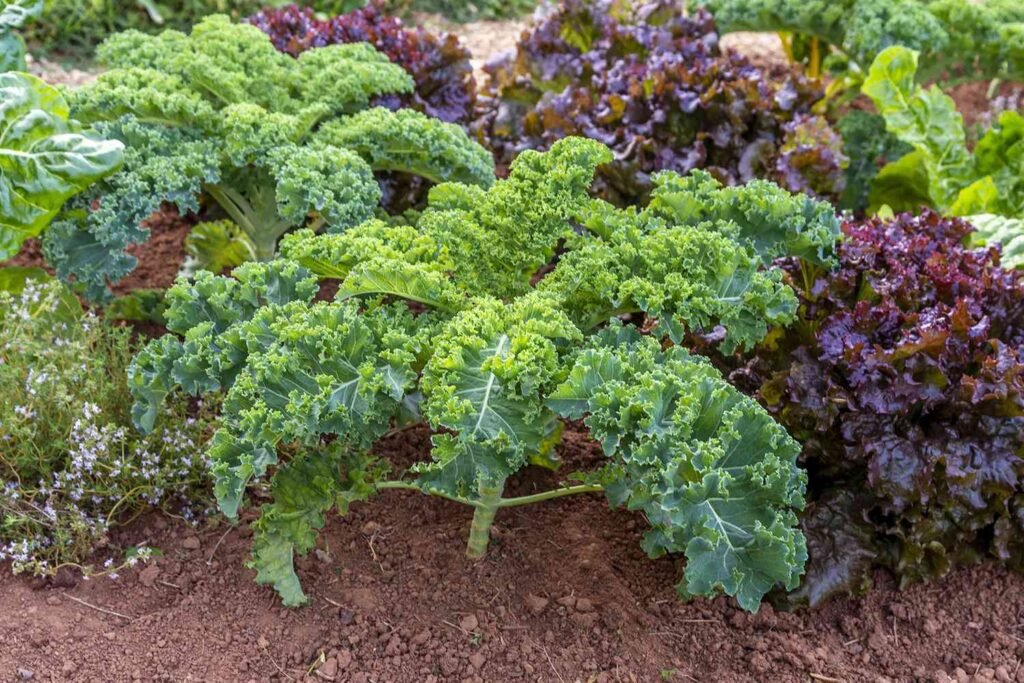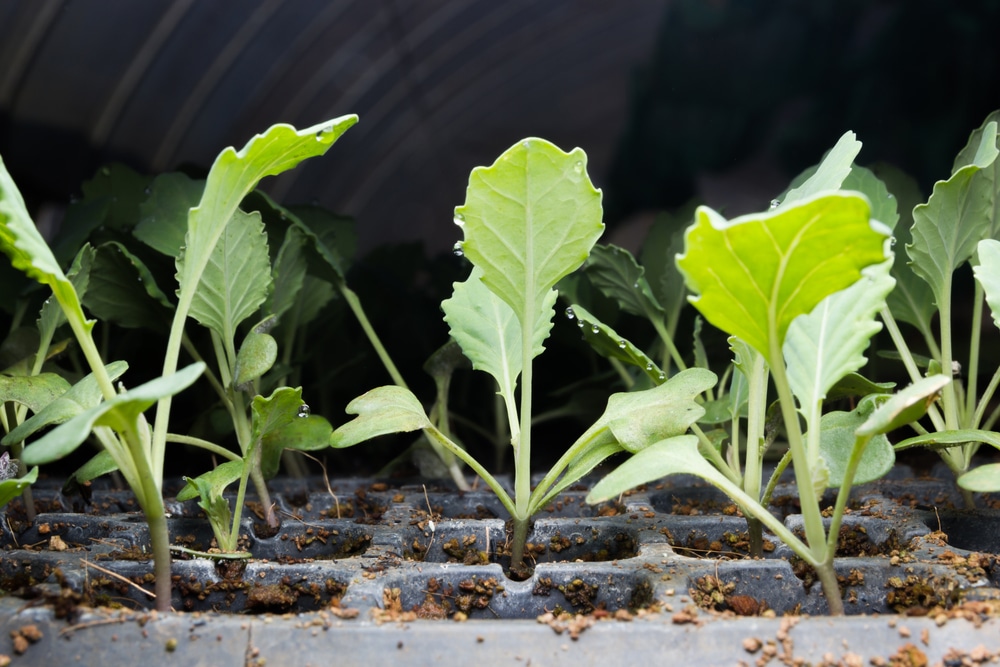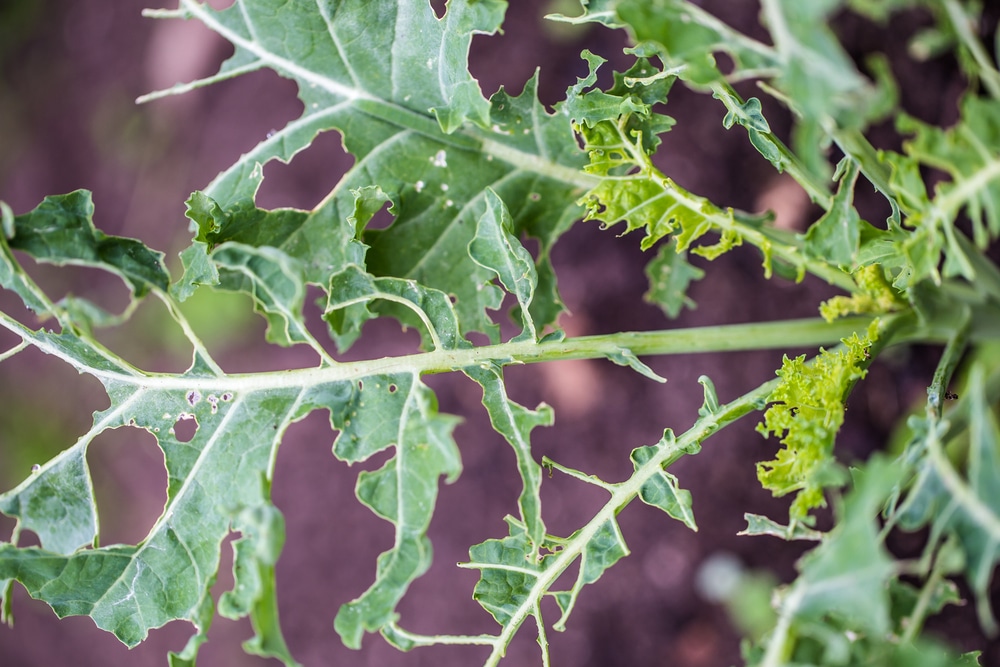

How to Grow Kale from Seed: A Simple Guide for a Continuous Harvest
If you love fresh kale, there’s nothing better than growing your own right in your backyard! Kale is not only a nutritional powerhouse packed with vitamins and minerals, but it’s also a cool-weather plant that can be surprisingly easy to grow from seed. Whether you’re looking to enjoy healthy greens all season or want to save on grocery bills, growing kale from seed is a fun and rewarding way to bring this amazing vegetable to your table.
In this guide, we’ll walk you through the entire process, from choosing the right variety to taking care of your plants and harvesting the leaves. Let’s dive in!
Kale Varieties to Try

When it comes to kale, there’s a huge variety of options to choose from, each with unique qualities. Here are a few popular types to consider based on your growing conditions:
- Lacinato (also known as Dinosaur or Tuscan Kale): This variety is known for its dark, wrinkled leaves and is great in both hot and cold weather. However, it’s not as winter-hardy as other varieties.
- Vates Blue Curled Kale: A hardy, slow-to-bolt variety that’s perfect for cooler climates.
- Red Russian Kale: Tender, with flat leaves and a purple tint. It does best in cooler weather and is one of the earliest varieties to harvest.
Starting Kale Seeds Indoors

Starting your kale seeds indoors gives you a head start on the growing season and helps your plants avoid any outside stressors early on. Plus, it allows you to have more control over the germination process.
Here’s how to start your kale seeds indoors:
- Fill a Seed Tray: Use a seed starting tray or shallow containers filled with potting soil. Make sure the soil is evenly moist (but not soaking wet).
- Plant the Seeds: Sprinkle the kale seeds on top of the soil and cover them with a thin layer of potting soil—about ¼ inch deep.
- Light Requirements: Place your seed tray in a spot that gets plenty of light. If you don’t have a sunny window, use grow lights to ensure the seeds get the light they need to germinate. You should see little green sprouts in about 4-7 days.
- Watering: Keep the soil moist during germination, but avoid overwatering. A spray bottle works great for keeping the soil moist without making it soggy.
Here’s a table summarizing the steps for starting kale seeds indoors:
| Step | Description |
|---|---|
| Fill a Seed Tray | Use a seed starting tray or shallow containers filled with evenly moist potting soil. |
| Plant the Seeds | Sprinkle kale seeds on top of the soil and cover with a thin layer of potting soil (about ¼ inch deep). |
| Light Requirements | Place the seed tray in a spot with plenty of light. If necessary, use grow lights to ensure adequate light for germination. |
| Watering | Keep the soil moist but not soggy. Use a spray bottle for gentle watering to avoid overwatering. |
This table breaks down each step to ensure your kale seeds germinate successfully indoors.
Growing Kale: Care and Maintenance
:max_bytes(150000):strip_icc()/Growing-kale-1403516-upclose-1-77ac3f66f28a42f48d5dfffe87625e7c.jpg)
Once your kale is established, it’s pretty easy to maintain. Here are some tips to keep your plants healthy and productive:
- Mulch: Adding mulch around the base of each plant helps retain moisture, suppress weeds, and keep the soil cool—perfect for kale’s growth.
- Watering: Kale prefers consistent moisture, so be sure to water regularly, but don’t let the soil stay soggy. Watering at the base of the plant is best to avoid wetting the foliage, which can lead to disease.
- Temperature: Kale loves cool weather! It grows best when temperatures are between 55-75°F. If the weather gets too hot, the plant may bolt (go to seed), so it’s best to harvest before it gets too warm.
- No Fuss: Kale is relatively hands-off once established, which makes it perfect for busy gardeners. Simply plant, water, and harvest when the leaves are ready!
Kale Pests & Disease

While kale is generally a hardy plant, there are a few pests and diseases you’ll want to keep an eye on:
Common Pests:
- Aphids: These tiny bugs can be controlled with insecticidal soap or a strong blast of water from the hose.
- Caterpillars: Bt (Bacillus thuringiensis) is a natural and effective way to control caterpillars and other pests.
- Root Knot Nematodes and Clubroot: These soil-borne pests can affect kale’s roots. To prevent them, practice crop rotation and avoid planting kale in the same spot year after year.
Preventing Disease:
- Downy Mildew: This fungal disease thrives in wet conditions, so be sure to water at the base of the plant and avoid getting the leaves wet.
- Healthy Soil: Healthy soil supports healthy plants. Keep your kale strong by adding compost and rotating crops regularly.
Companion Planting: Consider planting marigolds, garlic, or onions near your kale. These plants can help deter pests naturally.
Harvesting Kale

The best part of growing kale is harvesting those delicious, nutrient-packed leaves! Here’s how to know when and how to harvest:
- When to Harvest: Kale is typically ready to harvest around 50-60 days after planting, but you can start picking leaves when they’re big enough to eat and plentiful enough to leave the plant still growing.
- Harvesting Tips: Always harvest the outside leaves first, working your way up from the lower part of the plant. You can either snip the leaves off with scissors or simply snap them off by hand.
- Don’t Harvest Too Much: A good rule of thumb is to never remove more than one-third of the plant at a time. This allows the plant to keep growing and producing new leaves. You can continue harvesting throughout the season, even into the fall, when kale often starts growing again.
Kale FAQ
When should I start kale seeds indoors?
Start kale seeds indoors around 4-6 weeks before your last frost date. This gives your plants a head start and helps them grow strong before transplanting.
How far apart should I space my kale plants?
Space your kale plants at least 12 inches apart to ensure they have enough room to grow and allow for good air circulation.
Can kale grow in containers?
Yes, kale can grow well in containers! Just make sure the container is large enough for the plant to develop a strong root system and ensure it has proper drainage.
What temperature is best for growing kale?
Kale thrives in cool weather and grows best in temperatures between 55-75°F. It can tolerate some light frost, which may actually improve the flavor.
How do I prevent pests on my kale?
To prevent pests like aphids and caterpillars, you can use insecticidal soap, natural predators like ladybugs, or sprinkle diatomaceous earth around the plants. Companion planting with marigolds or garlic can also help keep pests away.
How do I harvest kale without damaging the plant?
Harvest kale by picking the outer leaves first. Be careful not to remove too many leaves at once—always leave the center of the plant intact to allow it to keep growing.
Conclusion
Growing kale from seed is a simple and rewarding way to enjoy fresh, homegrown greens all year long. By following a few easy steps—from choosing the right variety to planting, maintaining, and harvesting—you can have a continuous harvest of this nutritious, delicious vegetable right from your own garden. Whether you’re adding it to salads, soups, or smoothies, kale is sure to be a staple in your home-grown garden. Happy gardening!
